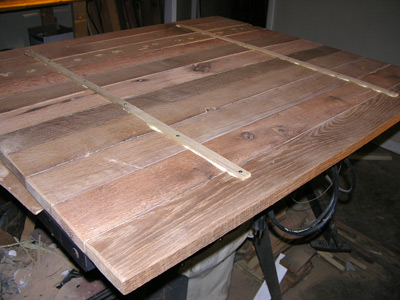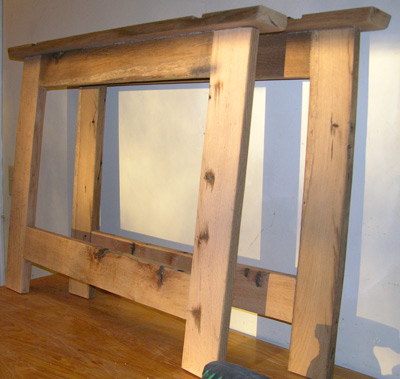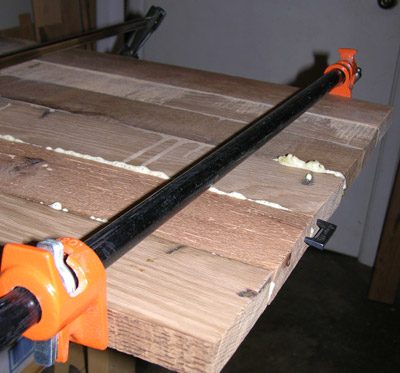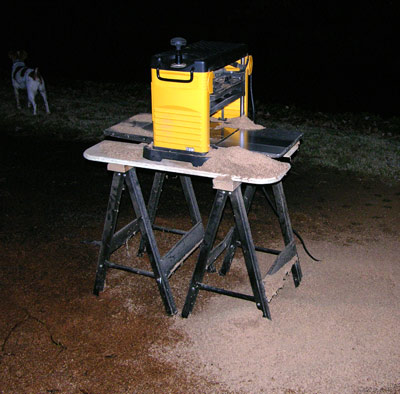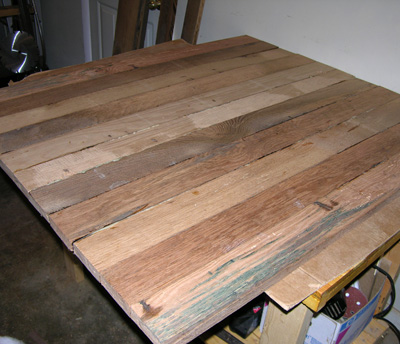Finally, I took the time to write down/draw the plan I used to make birdhouses that I posted here some time ago. I made another house from standard pine lumber leftovers and made this drawing. It is based on 3/4″ thick lumber, so you may have to adjust if you use something thicker or thinner. One thing absent from the drawing is a 6″ x 1 1/2″ piece of aluminum flashing that I nailed to the top of the roof to cover the gap between the sides of the roof.
I used pine this time, but I prefer using cedar or something more weather resistant. If you use pine, paint or stain it the exterior with a good exterior oil-based enamel or penetrating oil–preferably a penetrating oil. If you can use cedar, then no finish is necessary.
Unfortunately, I gave the birdhouse away as a gift before I remembered to take a picture of it. But it was similar to these.
Download birdhouse plan
